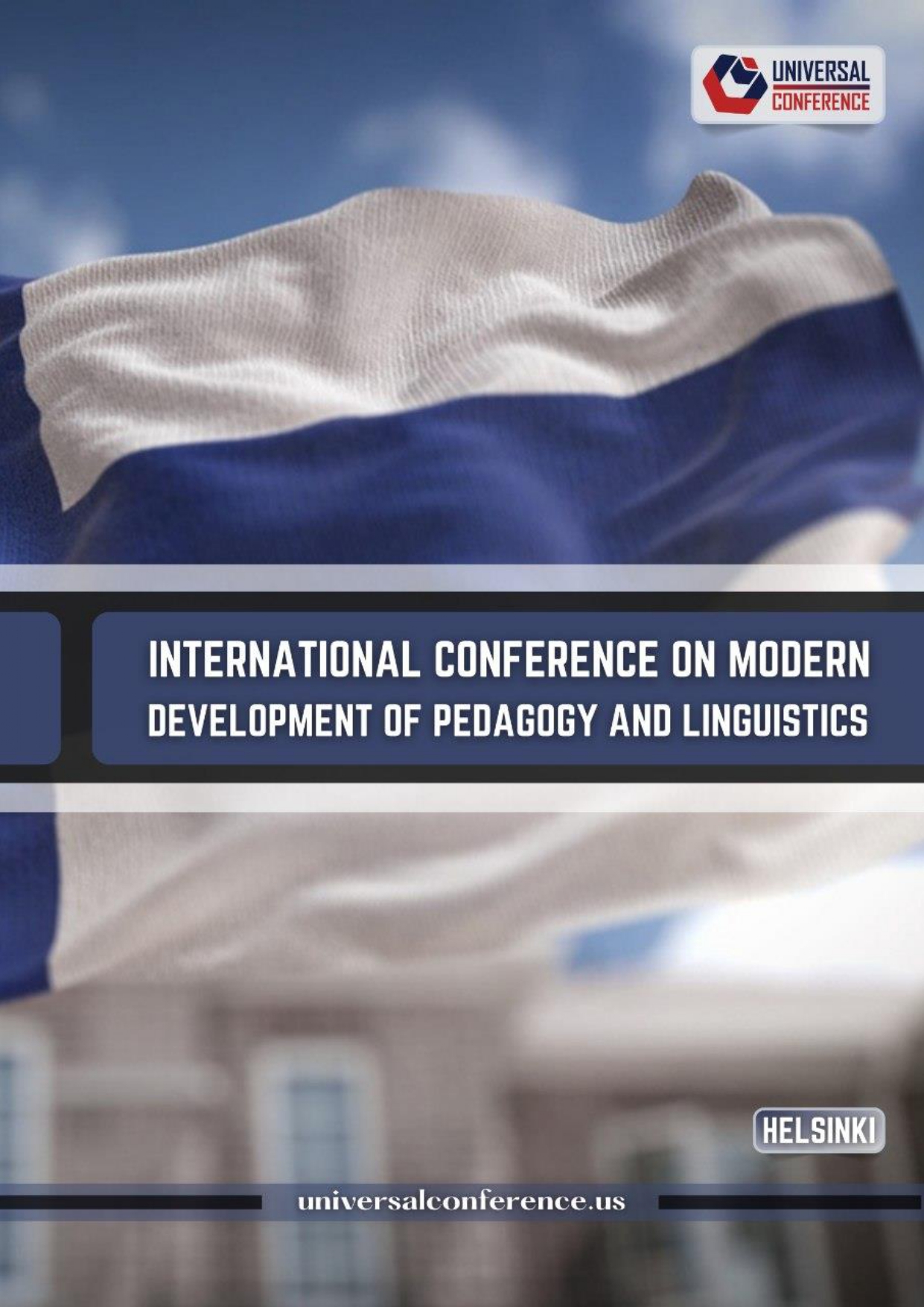"EXPLORING LINGUOCULTURE: THE INTERPLAY OF LANGUAGE AND CULTURE IN SHAPING WORLDVIEWS"
Keywords:
Linguoculture, linguocultureme, cultural semantics, intercultural communication, national identity, cultural worldview, language and culture, translation, idiomatic expressions, cultural connotationsAbstract
This article explores the concept of linguoculture, focusing on the intricate relationship between language and culture in shaping worldviews. It examines how cultural identity, values, and traditions are embedded within linguistic structures, particularly through linguoculturemes, which serve as key carriers of national and cultural heritage. By analyzing cultural semantics and idiomatic expressions, the study highlights how different languages encode unique cultural meanings, influencing communication across cultures. The article also delves into the challenges and nuances of translation, showcasing how linguocultural differences manifest in language and thought. Through comparative analysis and case studies, it emphasizes the essential role of language in reflecting and transmitting cultural norms.
References
1. Agar, M. (1994). Language Shock: Understanding the Culture of Conversation. William Morrow & Company. pp. 45-67.
2. Barthes, R. (1972). Mythologies. Farrar, Straus and Giroux. pp. 110-135.
3. Duranti, A. (1997). Linguistic Anthropology. Cambridge University Press. pp. 142-190.
4. Fairclough, N. (2013). Language and Power (3rd ed.). Routledge. pp. 78-112.
5. Fill, A., & Mühlhäusler, P. (2001). The Ecolinguistics Reader: Language, Ecology and Environment. Continuum. pp. 90-124.
6. Geertz, C. (1973). The Interpretation of Cultures: Selected Essays. Basic Books. pp. 202-230.
7. Hanks, W. F. (1996). Language and Communicative Practices. Westview Press. pp. 56-80.
8. Hofstede, G. (2001). Culture's Consequences: Comparing Values, Behaviors, Institutions, and Organizations Across Nations (2nd ed.). SAGE Publications. pp. 310-345.
9. Lakoff, G., & Johnson, M. (1980). Metaphors We Live By. University of Chicago Press. pp. 1-45.
10. Lotman, Y. M. (1990). Universe of the Mind: A Semiotic Theory of Culture. Indiana University Press. pp. 91-120.
11. Sapir, E. (1949). Selected Writings of Edward Sapir in Language, Culture, and Personality. University of California Press. pp. 102-135.
12. Wierzbicka, A. (1997). Understanding Cultures through their Key Words: English, Russian, Polish, German, and Japanese. Oxford University Press. pp. 45-78.
13. Whorf, B. L. (1956). Language, Thought, and Reality: Selected Writings of Benjamin Lee Whorf. MIT Press. pp. 240-270.
14. Kecskes, I. (2014). Intercultural Pragmatics. Oxford University Press. pp. 112-146.
15. Kramsch, C. (1998). Language and Culture. Oxford University Press. pp. 89-115.
16. Nida, E. A. (2001). Contexts in Translating. John Benjamins Publishing Company. pp. 67-95.







